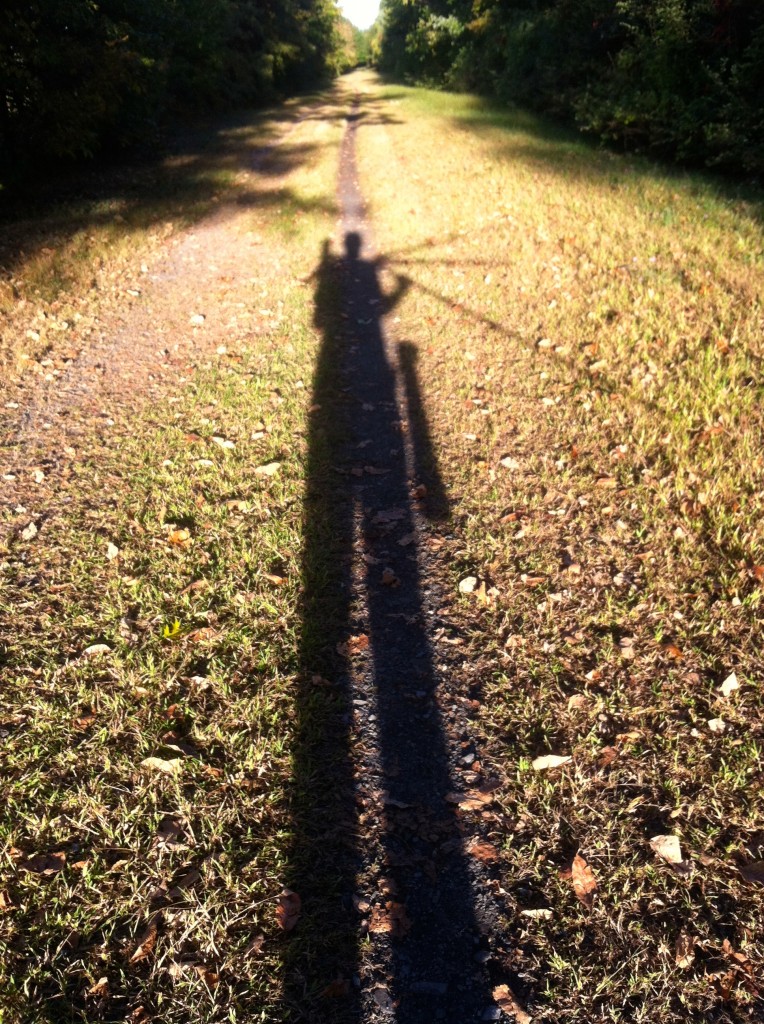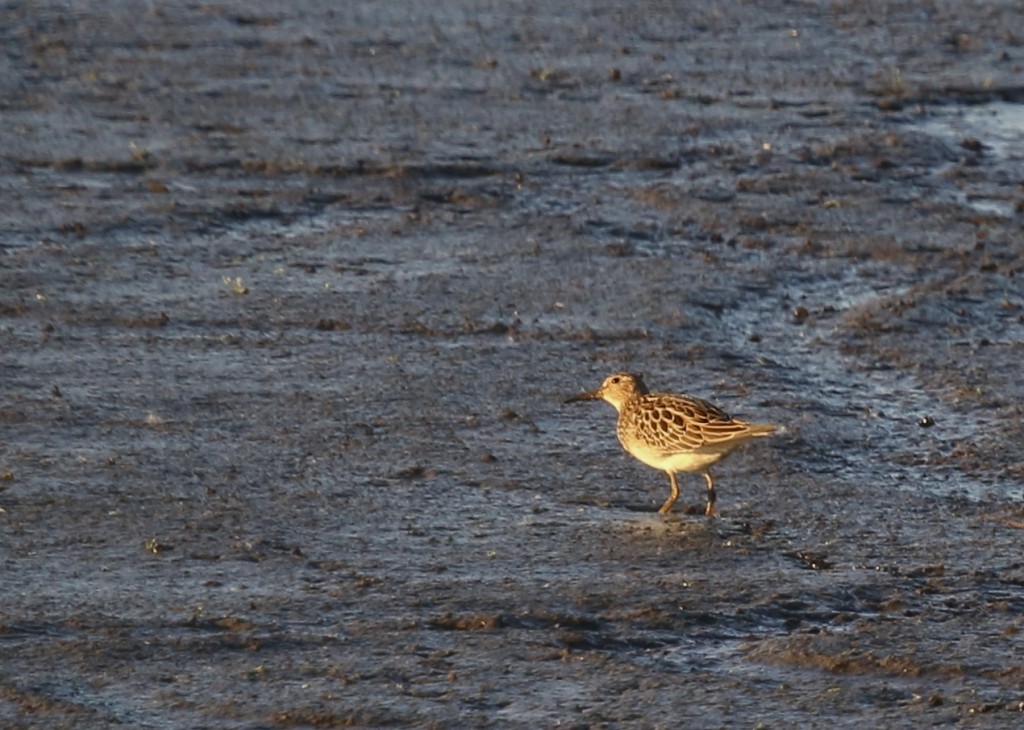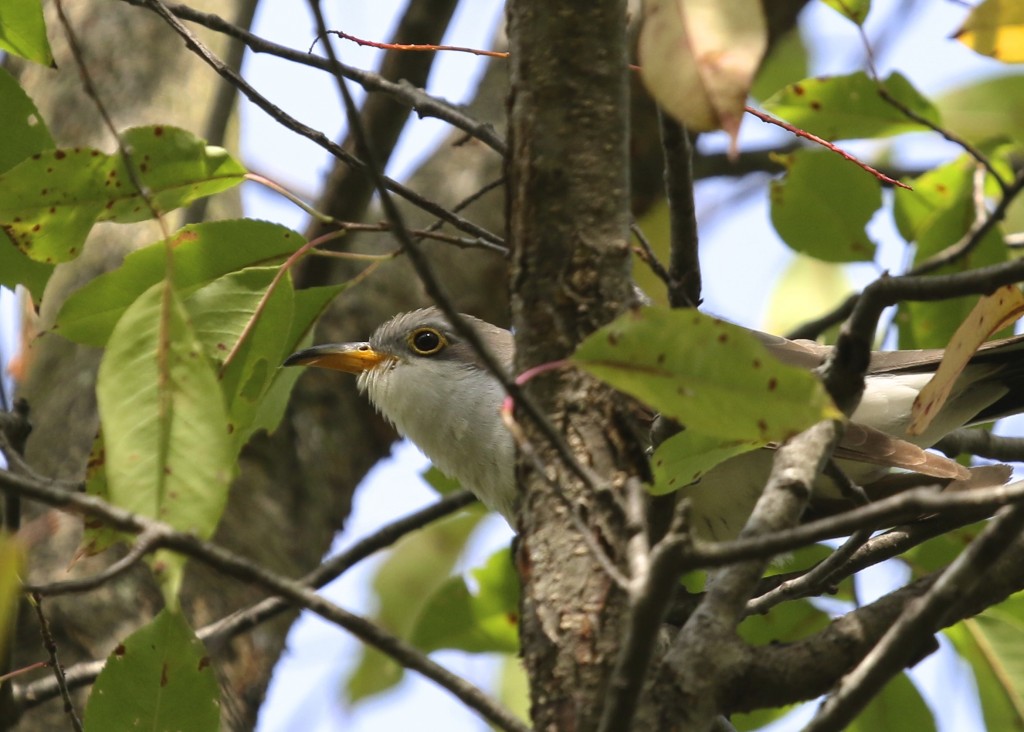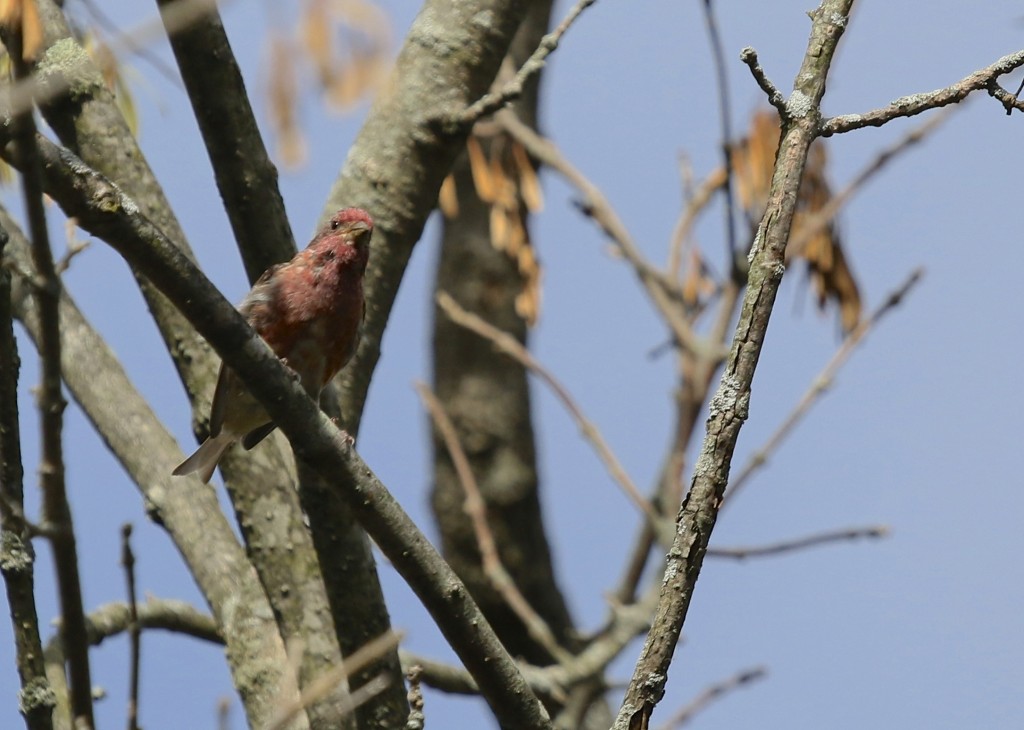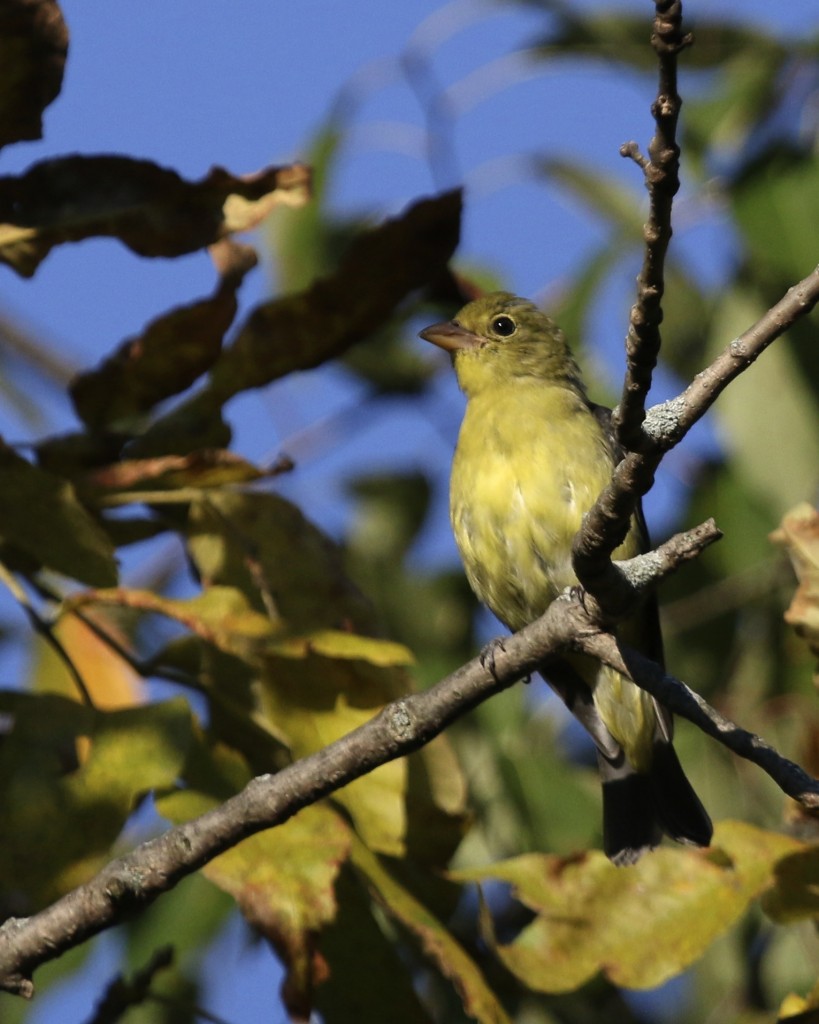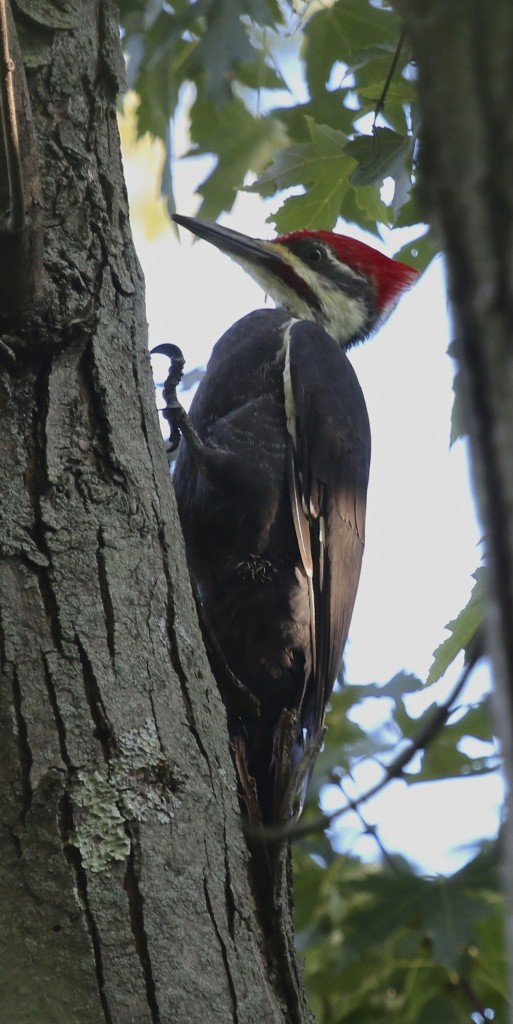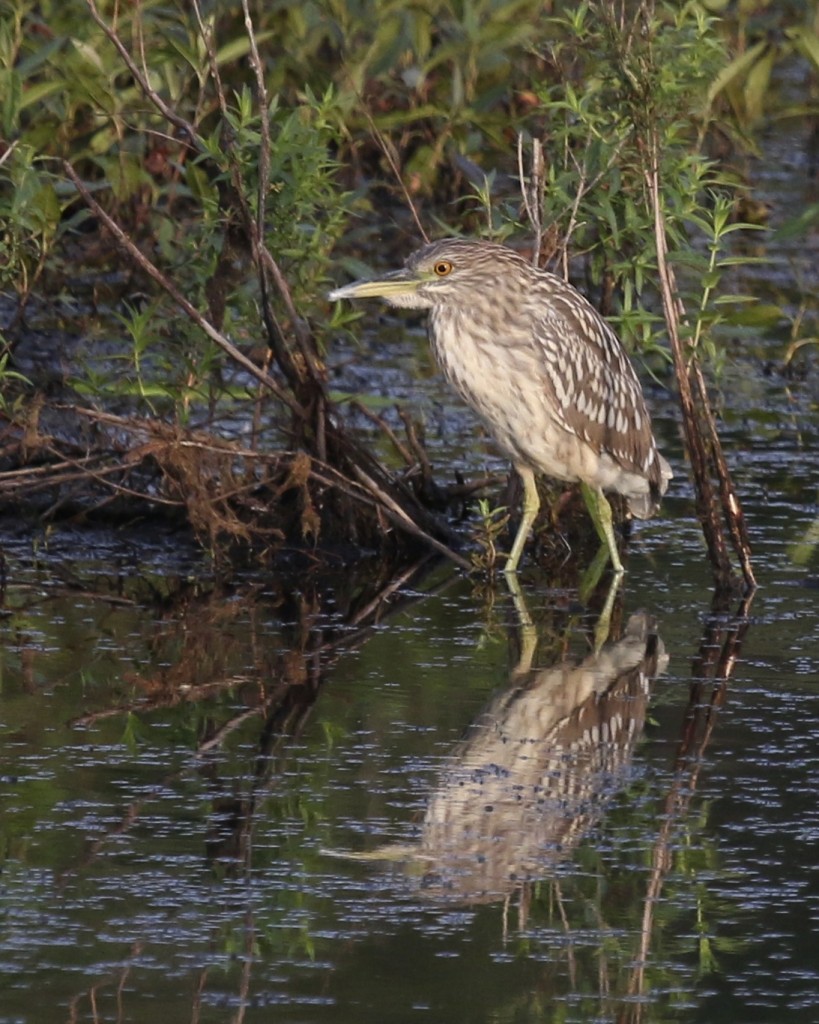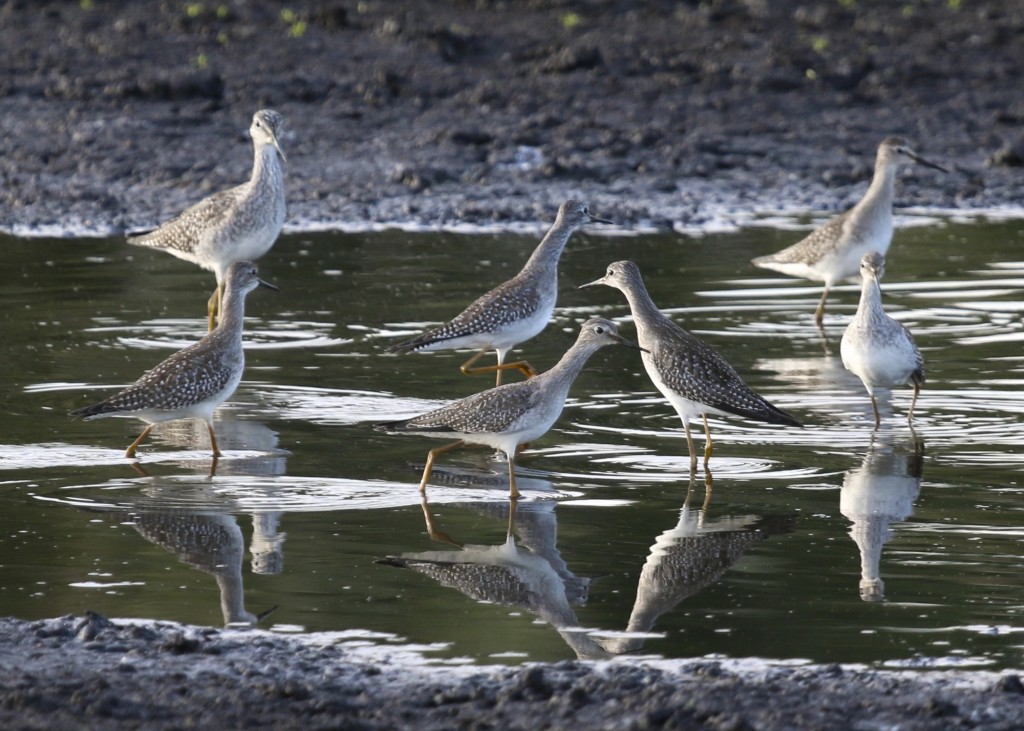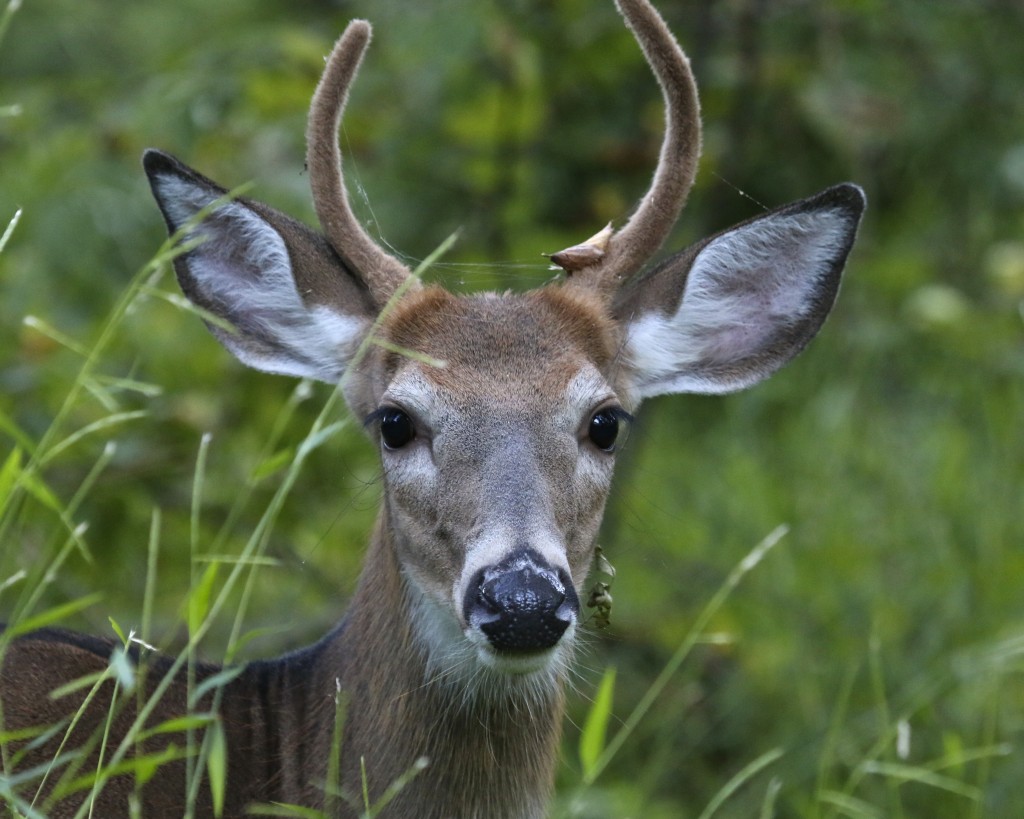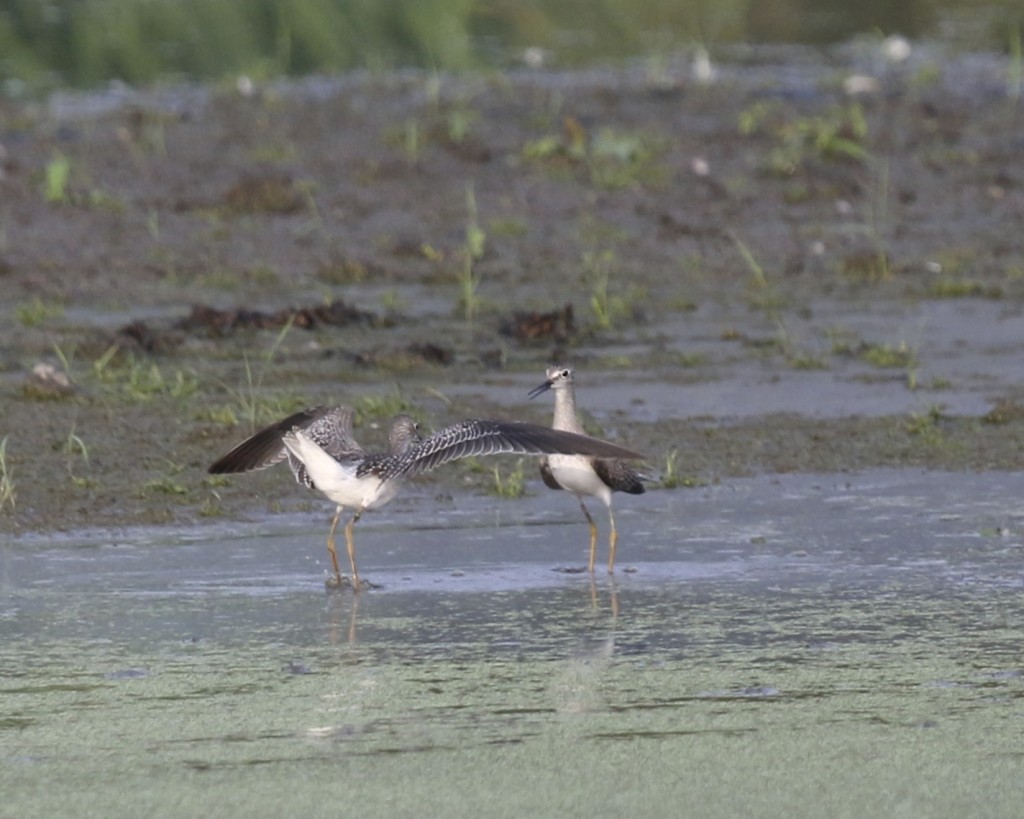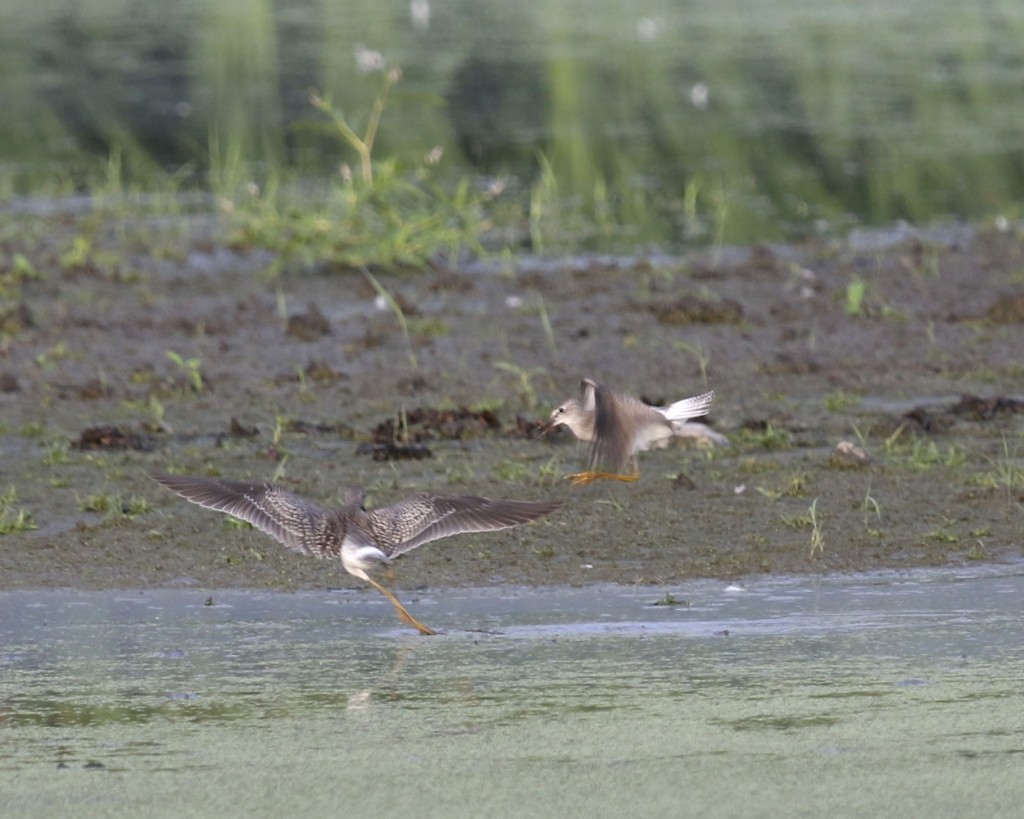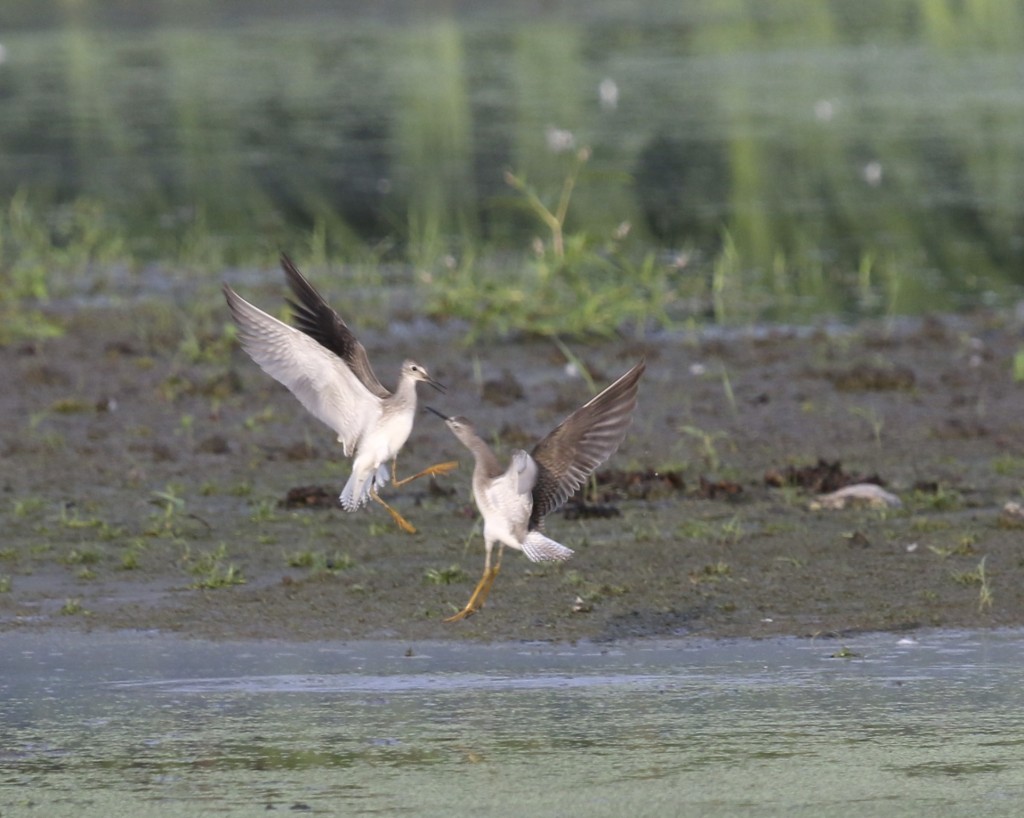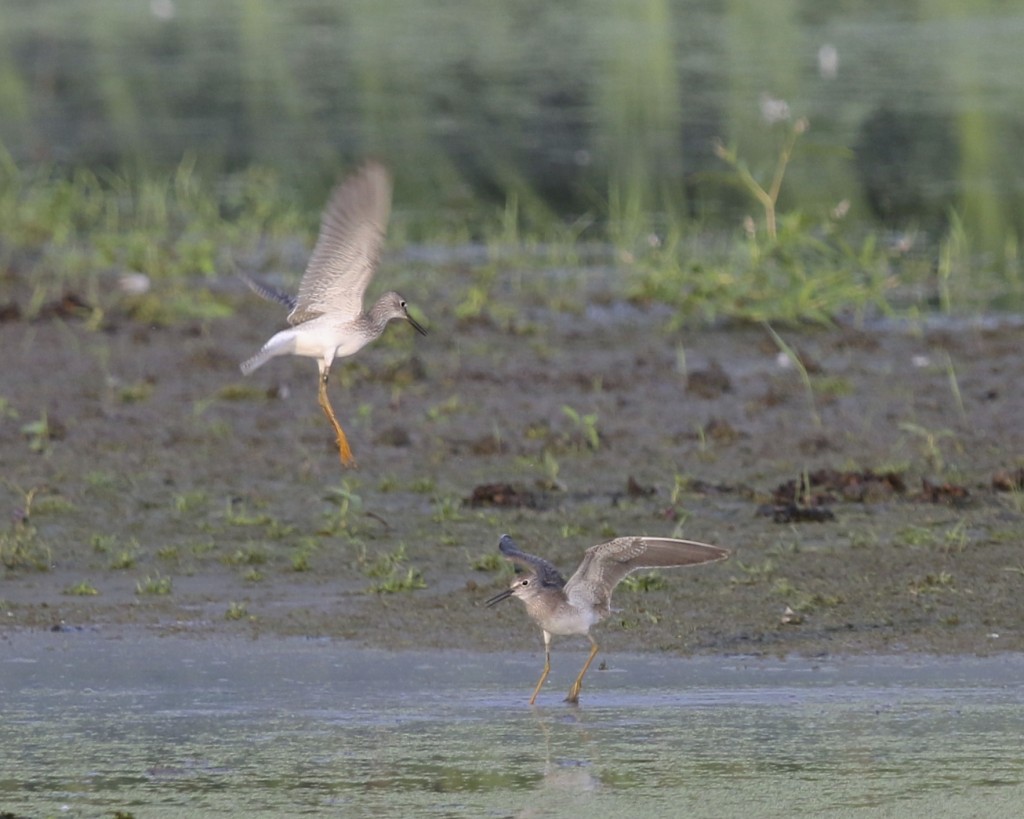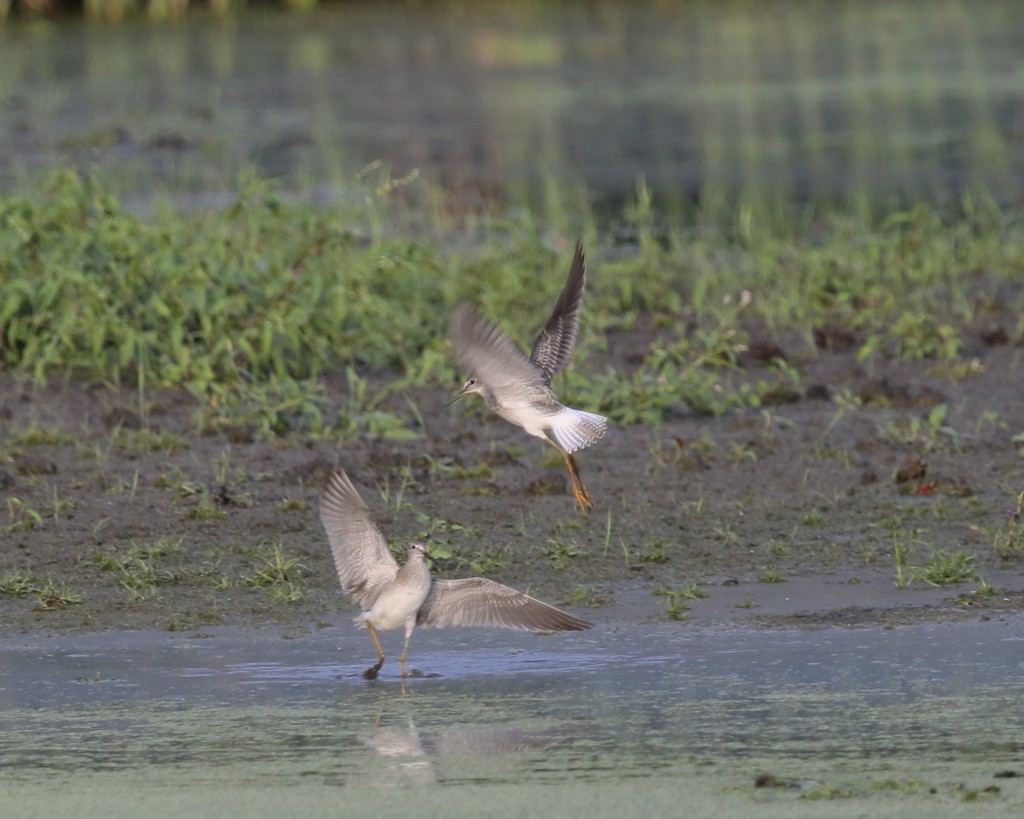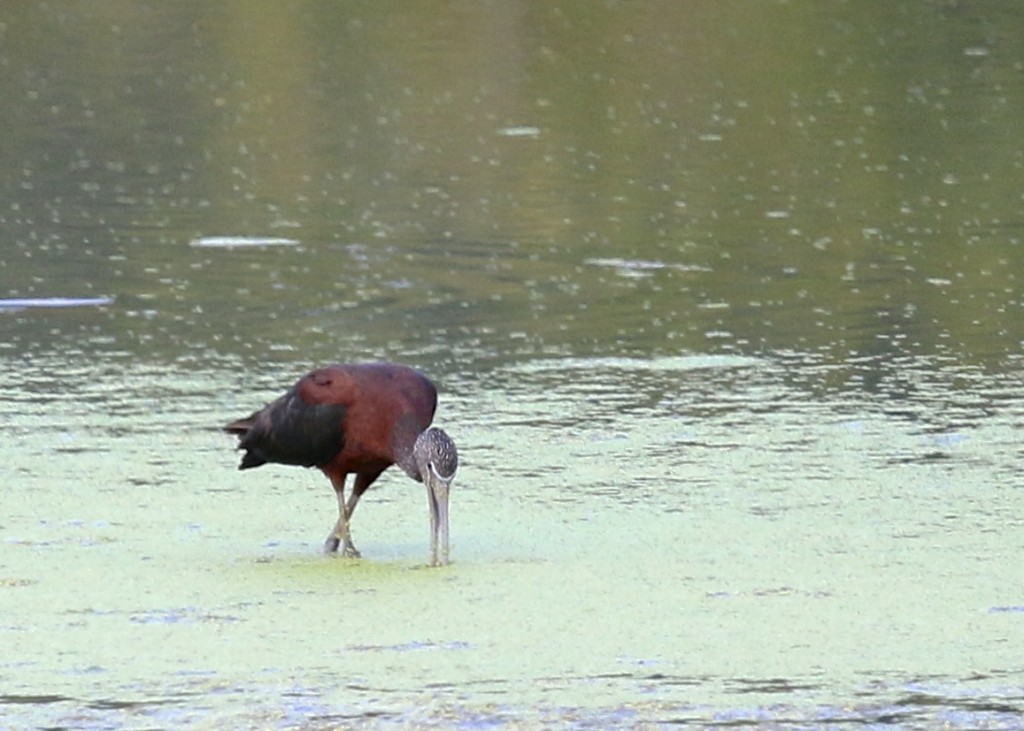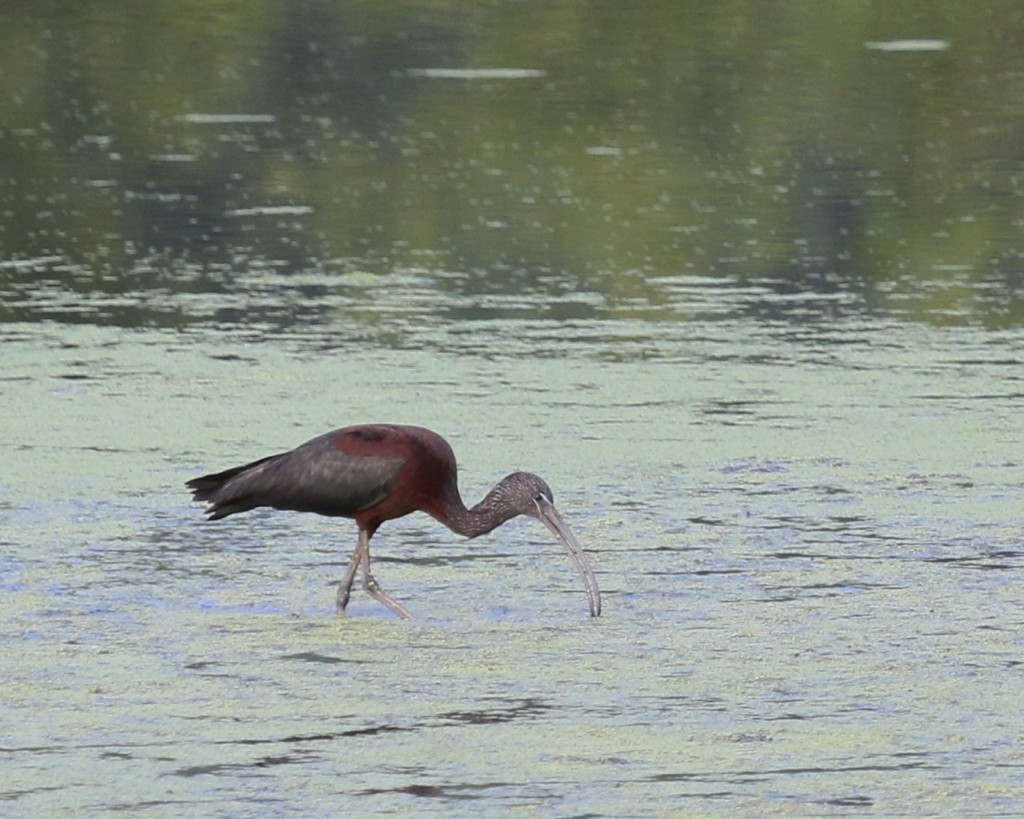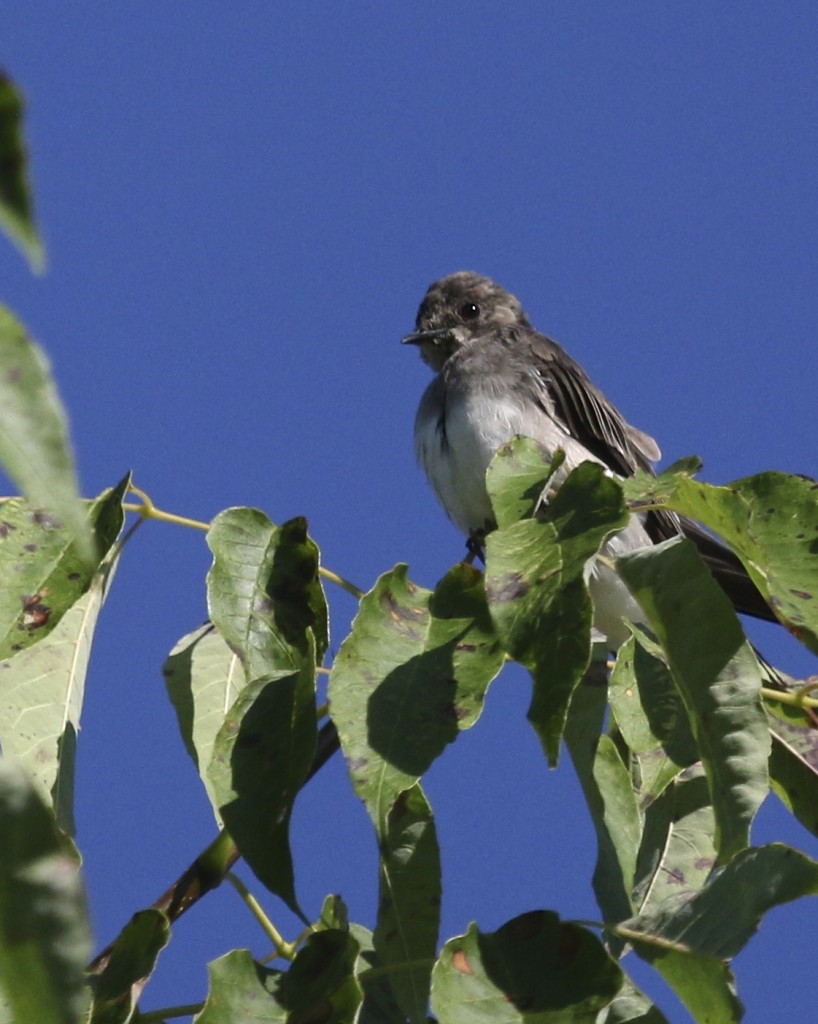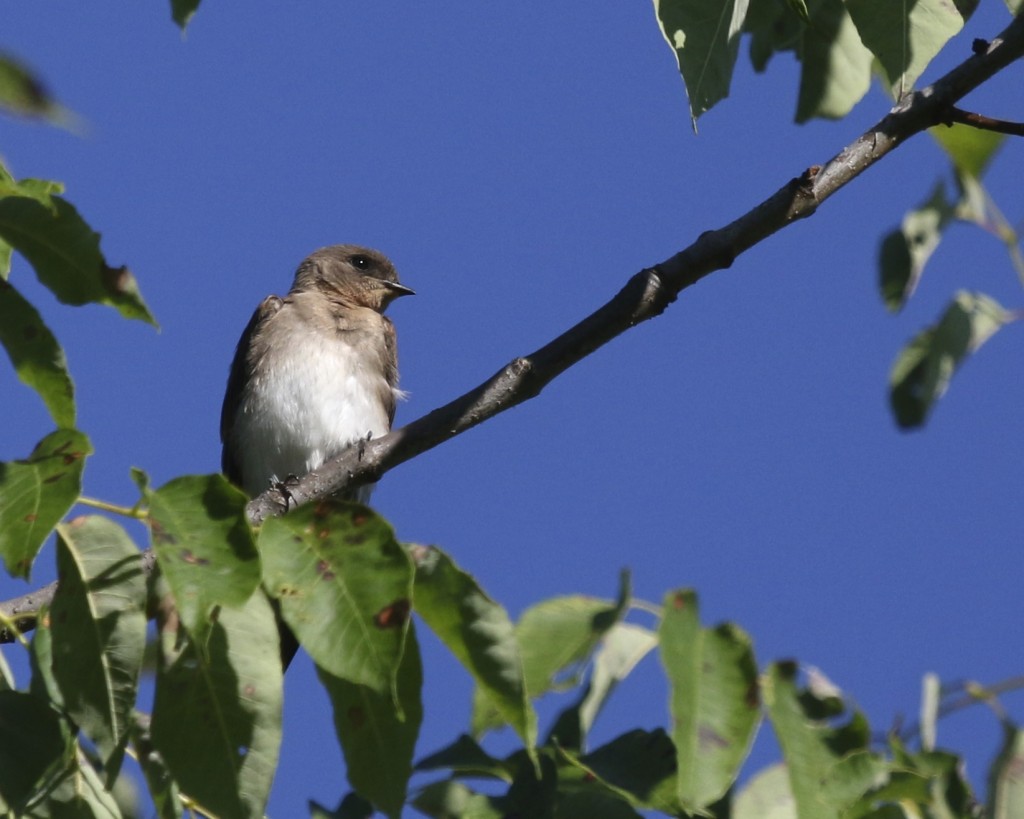
I had an appointment cancelled, so I got to do some unexpected birding after work this afternoon. I had forgotten my binoculars at home, so I stopped by to pick them up and headed to the closest spot – 6 1/2 Station Road Sanctuary. I was thinking about sparrows as I took the Citgo Trail, but the wind had picked up pretty good and sparrows were scarce. I had a few pleasant surprises when I got to the pond – a nice sized collection of shorebirds: 22 Lesser Yellowlegs, 3 Greater Yellowlegs, and 1 Solitary Sandpiper. The highlight, however, was seeing my first Northern Shovelers (4) and Blue-winged Teal (3) of the fall. A Northern Harrier cruised through at one point and picked up many of the waterfowl and shorebirds. I think it was about 3 years ago that I would get a harrier at this location regularly, but this is the first one I have seen there in a while. It was a gorgeous night and I had some decent birds, which made me happy. Here’s some more photos and my list for the night:



Canada Goose 65
Mute Swan 4
American Black Duck 2
Mallard 16
Blue-winged Teal 3
Northern Shoveler 4
Green-winged Teal 25
Great Blue Heron 1
Great Egret 8
Northern Harrier 1
Killdeer 9
Solitary Sandpiper 1
Greater Yellowlegs 3
Lesser Yellowlegs 22
Blue Jay 4
American Crow 8
Tree Swallow 18
Black-capped Chickadee 1
Eastern Bluebird 2
American Robin 4
Gray Catbird 1
Northern Mockingbird 1
European Starling 85
Common Yellowthroat 1
Palm Warbler 1
Yellow-rumped Warbler 12
Song Sparrow 2
Red-winged Blackbird 12
Common Grackle 20
House Sparrow 25
**One Year Ago at Orangebirding.com: Long-billed Dowitchers at 6 1/2 Station Road and Black Scoters in Orange County. **



